One thread
The sound of festival drums resounded, the bare-backed young men of Man Cho and Man Dia sat alternately with bent and stretched legs, performing a unique sitting tug of war. The rope was pulled back and forth over a sturdy wooden pole, it took 15 minutes of competition to determine the winner.
As the pioneer of the sitting tug of war game for many years, Mr. Mai Tu Linh (Tran Vu Temple Relic Management Board, Thach Ban Ward, Long Bien District, Hanoi City) said that sitting tug of war was once forgotten, but is now being restored and strongly developed, organized regularly on the 3rd day of the 3rd lunar month every year. Currently, Thach Ban Ward has 3 tug of war teams: Man Dia, Man Cho, Man Duong. Mr. Linh expressed: "We always encourage young people in the ward from 16 years old and up to participate in learning and practicing tug of war. In addition, every year, schools in Long Bien District organize many trips to learn about the traditional history of Tran Vu Temple and the rituals and games of sitting tug of war".
 |
Performing tug of war at Tran Vu temple. Photo: VIET TRUNG |
For the people of Ngai Khe village (Tan Dan commune, Phu Xuyen district, Hanoi), tug of war is called "beak pulling", with a history of more than 150 years. The people here will choose two bamboo trees, each 6-7m long. The number of bamboo joints from the base to the top is calculated according to birth-aging-sickness-death, choosing so that the last joint at the top must correspond to "birth". The bamboo shoots are heated in the fire to make them flexible, twisted into a beak, hooked together and tied tightly with bamboo strips to make a beak pulling rope. After the ceremony, the organizing committee invites representatives of the upper and lower hamlets to pull the beak; then, representatives of veterans, women's associations, youth unions, teenagers and children join in pulling with the wish to pray for favorable weather and a peaceful life.
At the age of 72, Mr. Nguyen Van Khanh, Deputy Head of the Front Work Committee of Ngai Khe village, is always concerned about the village's mine pulling game. According to Mr. Khanh, the mine pulling game used to be held every 2 years on the 6th of January and the 25th of March of the lunar calendar. Currently, the mine pulling game in Ngai Khe village is only held once a year due to limited funding. Mr. Nguyen Van Khanh said: "Ngai Khe villagers all want to hold the mine pulling game twice a year as is tradition."
In 2015, the tug-of-war rituals and games of Vietnam, South Korea, the Philippines and Cambodia were recognized by the United NationsEducational , Scientific and Cultural Organization (UNESCO) as part of the Representative List of the Intangible Cultural Heritage of Humanity. Dr. Le Thi Minh Ly, Vice President of the Vietnam Cultural Heritage Association, commented: “Although each community and country has a different name and practice for tug-of-war rituals and games, they all aim to pray for people’s health, favorable weather, and good crops. The common point of tug-of-war rituals and games of Vietnam and other countries is the same rope - a symbol of community cohesion.”
Exploiting the sustainable value of tug of war
In Vietnam, tug of war appears in many localities, present in the cultural and sports life of the people. From the reality of tug of war of the Tay people in Lao Cai, Mr. Duong Tuan Nghia, Deputy Director of the Department of Culture and Sports of Lao Cai province, said that it is necessary to soon introduce tug of war into teaching in schools so that students can better understand the cultural characteristics of the nation. In addition, the sports industry should organize a separate national tug of war tournament to attract and spread to a large number of people. Mr. Duong Tuan Nghia proposed: "All levels and sectors need to support funding to localities, especially highland areas, in protecting and promoting tug of war rituals and games".
With experience contributing to developing tug of war into a unique cultural and tourism product in Korea, Mr. Ko Daeyoung, representative of the Korean Tug of War Association, said: “Since 2015, we have had many tug of war performances in Asia. In addition, we have coordinated with units to publish books, make souvenirs about tug of war, as well as bring tug of war into school education. I believe that with its great value and humanistic meaning, we can create a strong tug of war community that can spread throughout the world.”
In reality, the process of protecting and promoting the value of tug of war in Vietnam is facing many difficulties, especially the issue of funding. For example, finding a rope is not simple and costs a lot of money. According to Associate Professor, Dr. Do Van Tru, Chairman of the Vietnam Cultural Heritage Association, tug of war is both a sport and has spiritual, mental, and aspirational elements, demonstrating people's solidarity and community cohesion. Associate Professor, Dr. Do Van Tru commented: "Vietnam needs a national tug of war association or club; it is necessary to organize tournaments and tug of war exchanges between regions. If these activities are implemented, the Vietnam Cultural Heritage Association is willing to sponsor part of the cost."
Source


![[Photo] The Government Standing Committee works with ministries and branches on the real estate market situation.](https://vphoto.vietnam.vn/thumb/1200x675/vietnam/resource/IMAGE/2025/5/24/e9b5bc2313d14c9499b8c9b83226adba)



![[Photo] Ho Chi Minh City holds funeral for former President Tran Duc Luong](https://vphoto.vietnam.vn/thumb/1200x675/vietnam/resource/IMAGE/2025/5/24/9c1858ebd3d04170b6cef2e6bcb2019e)


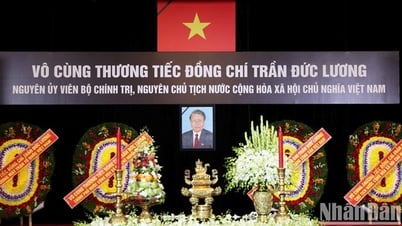
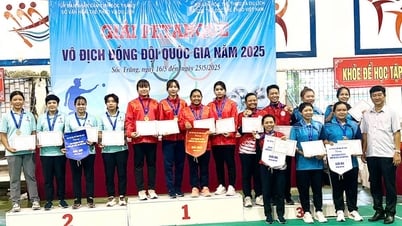
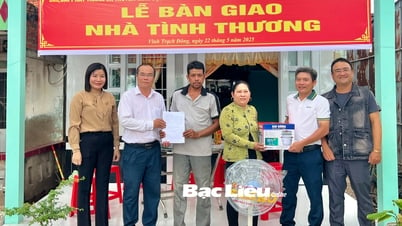
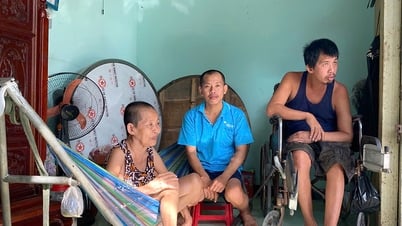
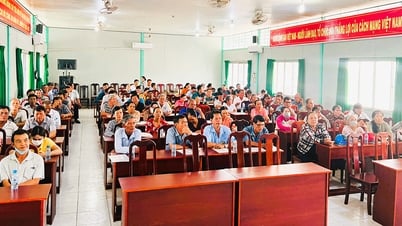







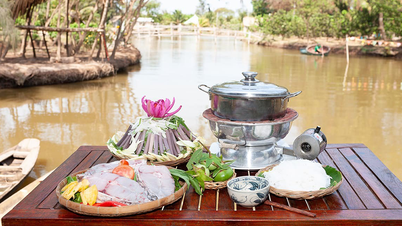

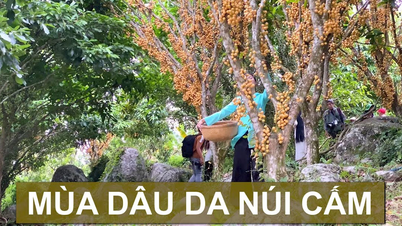

![[Photo] Party and State leaders visit former President Tran Duc Luong](https://vphoto.vietnam.vn/thumb/1200x675/vietnam/resource/IMAGE/2025/5/24/960db9b19102400e8df68d5a6caadcf6)
































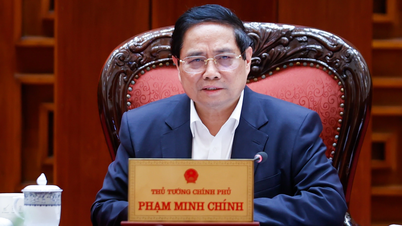










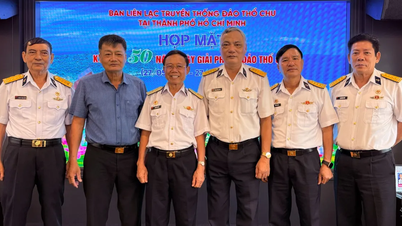



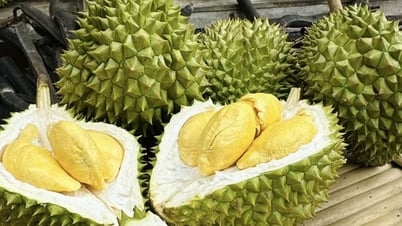

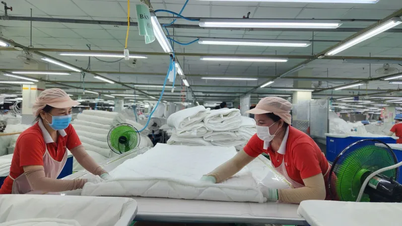
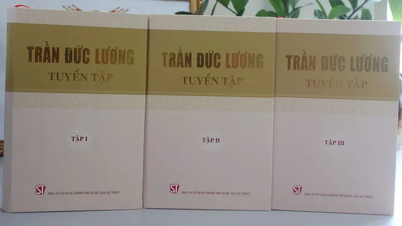













Comment (0)